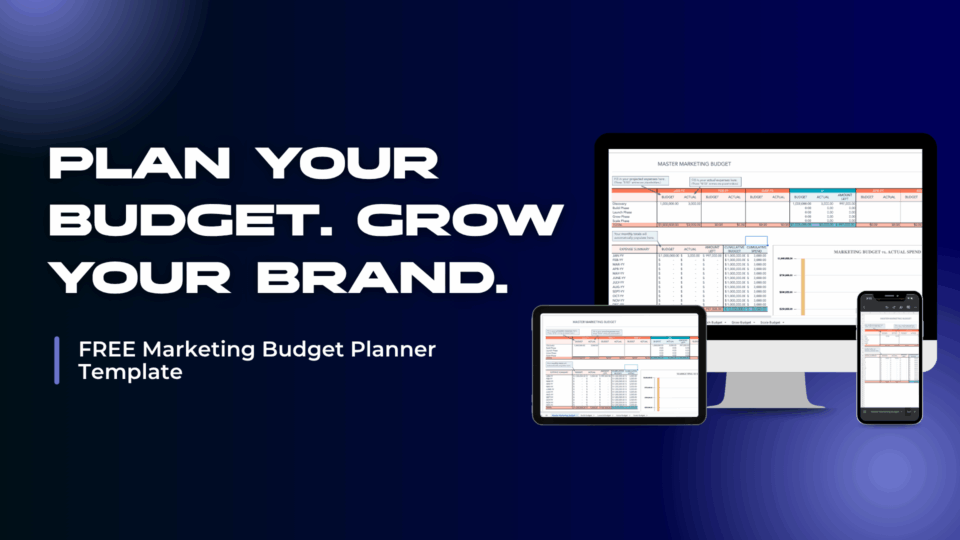
Unlock the Power of Google Pay-Per-Click (PPC) Now
August 12, 2024
Skyrocket Your Growth with Google’s Local Map Campaigns
August 14, 2024When it comes to crafting an effective social media strategy, one of the most crucial steps is defining your target audience. Knowing who you’re speaking to allows you to tailor your content, messaging, and overall approach, making your efforts far more effective. Whether you’re trying to increase brand awareness, drive engagement, or boost sales, understanding your audience lays the foundation for everything you do in social media marketing. In this article you are going to learn what a target audience is, how to create buyer personas, the role of social media platforms and how to tailor your content strategy, in order to unlock your target audience.
What Is a Target Audience?
Your target audience is the specific group of people you want to reach with your social media efforts. These are the individuals most likely to be interested in your products or services. Identifying this group requires a deep understanding of their demographics, interests, behaviors, and needs. To start, think about the characteristics that define your ideal customer profile. This includes:
Age: Are they teenagers, young adults, or middle-aged professionals?
Gender: Is your product or service geared more toward men, women, or both?
Location: Are you targeting people in a specific city, country, or region?
Interests: What are their hobbies, passions, and lifestyle preferences?
Behaviors: How do they spend their time online? What social media platforms do they use?
These factors help you create a detailed buyer persona—a fictional representation of your ideal customer that guides your social media marketing efforts.
Creating Buyer Personas of your Target Audience
A buyer persona is more than just a description of your target audience; it’s a tool that allows you to connect with your audience on a deeper level. To create a buyer persona, start by gathering data on your current customers.
Customer Surveys
Ask your existing customers about their preferences, needs, and how they interact with your brand.
Social Media Analytics
Use platform analytics to see who is already engaging with your content.
Customer Segmentation
Divide your audience into segments based on shared characteristics to better understand their needs.

For example, if you own a fitness apparel brand, one of your buyer personas might be “Fitness Fiona,” a 30-year-old woman who loves yoga and outdoor activities. She values comfort and style in her workout clothes and frequently shares her fitness journey on Instagram. With this persona in mind, you can create social media content that speaks directly to her interests and needs.
The Role of Social Media Platforms
Different social media platforms attract different audiences, so platform selection is key to reaching your target audience effectively.
Instagram: Popular among younger demographics, especially those interested in fashion, beauty, and lifestyle.
LinkedIn: Ideal for reaching professionals and B2B audiences.
Facebook: Broad reach, but particularly effective for targeting older demographics and community-focused groups.
TikTok: The go-to platform for engaging with Gen Z and showcasing creative, short-form video content.

By understanding the demographics of each platform, you can choose where to focus your efforts and ensure your content reaches the right people.
Tailoring Your Content Strategy to Your Target Audience
Once you have a clear picture of your target audience and where they spend their time online, you can start creating content that resonates with them. This involves:
Content Creation
Create posts, videos, and stories that resonate with your audience’s interests. Ensure that your content addresses their needs and engages them effectively.
Content Calendar
Plan your content in advance to maintain a steady flow of posts. Scheduling ensures that your content remains consistent and relevant to your audience.
Social Media Scheduling
Post your content when your audience is most active. Timing your posts well helps maximize engagement and reach.
The goal is to create social media content that not only captures your audience’s attention but also encourages them to share it with others. This is where understanding your target audience truly pays off—when your content is relatable and relevant, it becomes more engaging and shareable. For more insights on social media strategy, check out Buffer’s guide to social media marketing.

Understanding Your Evolving Target Audience
Understanding your target audience is not a one-time task; it’s an ongoing process. As your business grows and your audience evolves, you’ll need to revisit your buyer personas and adjust your social media strategy accordingly. Regularly analyze your social media performance to see what’s working and what’s not, and be willing to make changes as needed.
Defining your target audience is the first and most important step in crafting a successful social media strategy. By understanding who you’re trying to reach, you can create content that resonates, engages, and drives results.



